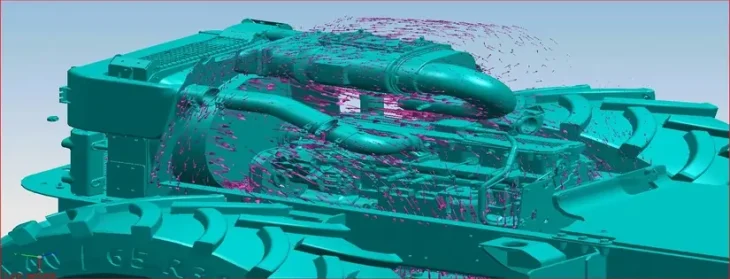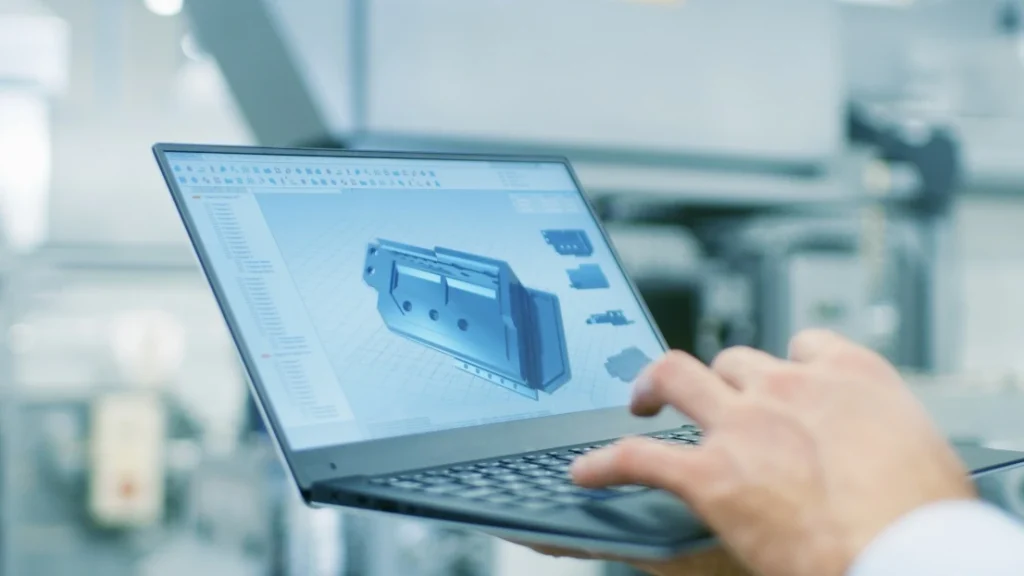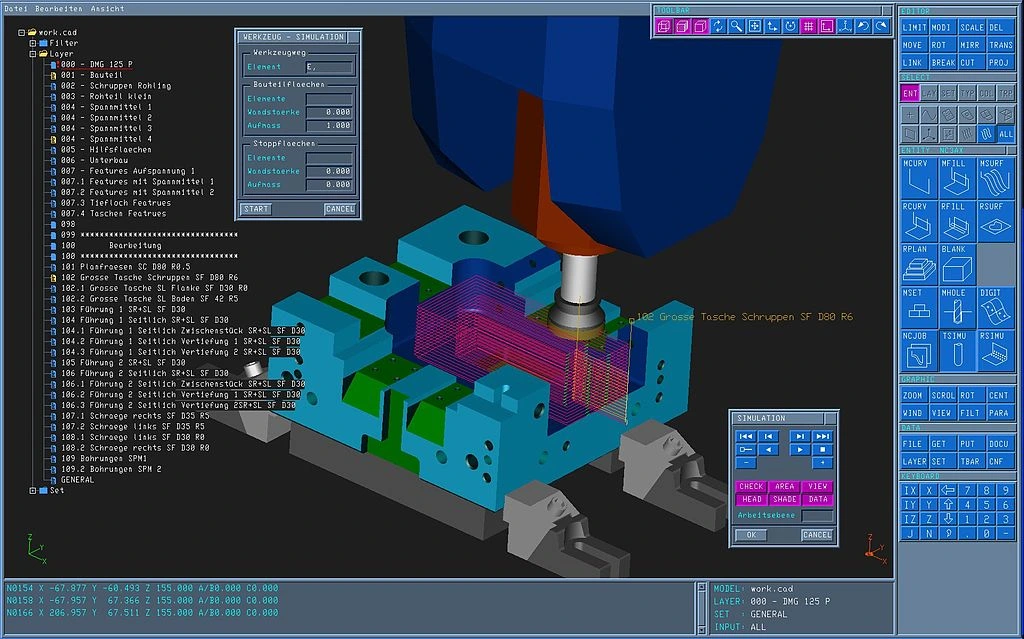Issues in CAD Software – User’s perspective
- Home
- Blog Details

- May 8 2020
- admin
5 Factors to consider while choosing a CAD platform
Choosing a CAD platform can be a very difficult decision for any organization. Depending on the size of the organization it could be a very crucial decision because it is “sticky decision” and can not be changed easily in the future. So the decision should be taken considering a variety of factors. This document discusses some of these factors in detail.

In a recent survey conducted by an eminent website, 230 product development professionals were asked questions regarding their level of satisfaction with CAD software. The survey intended to gather individual experiences of CAD users, turn them into informative insights and churn out common issues faced by design teams et al. The common issues were grouped under specific causes and in a total, four major issues were drawn out.
Suitability of CAD software
The most important aspect perhaps is the suitability of the CAD system for a particular organization. It is always a good idea to list out all the workflows, representative parts, any special processes, etc. Then a benchmark study should be conducted to assess the suitability of different CAD software against the checklist. One can even rate different software on each of the parameters.
Software Ecosystem
This is an external factor but an important one. Suppose you need to work with a lot of vendors then one has to consider that aspect. Would my vendor be able to provide me data in my format? On the other hand, your customers may force you to provide data in a specific CAD format.
The availability of trained resources is also an important consideration to ensure that you can attract and retain talent for your business needs.
The learning curve for CAD software
When a new CAD package is introduced, the amount of time taken for the users to learn the new features is critical to how precisely and quickly design teams can bring their ideas to life.
Although companies provide specific, coherent, and comprehensive training regarding new CAD software, it’s not enough of course, as the user also has to familiarize themselves with the interface of the new CAD package. Needless to say, the time consumed in this regard has caused quite a bit of inconvenience.
Interoperability
Importing and exporting files correctly shouldn’t be a hassle in general. However, this issue stood in the second place as CAD users found importing/exporting or interoperability quite the headache. The primary problem that CAD users face while importing and exporting files, is that the 3D model loses features—if it has no parameters, it has no intelligence—and therefore it is no longer parametric. Sometimes the object is incomplete or just a partial translation, which means the surfaces are missing.

The quick emergence of varied CAD software has led designers to democratize, leading to the usage of multiple CAD systems in the design process, thus challenging the CAD interoperability aggressively. Different suppliers require different CAD platforms. It depends on many factors, primarily the nature of the task and product upon which it has to work. Merging different CAD data together without affecting the design intent is quite the hassle. Although, a lot of software these days support different CAD files, there are instances, where the particulars of a project has made the product confined to that one CAD software. Interoperability eases up extra work and whether to make your own software compatible with other, is a decision that should be seriously taken into account.
Cost of Ownership
The cost of ownership is a big deal among users. Whether it is about the actual cost that concerns users or the fact that they don’t perceive sufficient value, the cost of ownership has always remained a matter to frown for users. A possible cause might be unawareness in the case of the user about an important new functionality available in modern CAD systems that can massively enhance product development processes. Some of these features enable better ways of creating and managing documentation as well as useful tools such as generative design and simulation.
To better understand how leveraging new functionalities can offset the notion that CAD software costs are too high, we can weigh on one of the new features, simulation, which compliments the model design. The companies identifying design issues early on in the design cycle are actively using simulation in the said phase thereby integrating it into their design. Simulation aids in iterating the design and making varied choices much earlier in the phase rather than making that choice much later during the prototype phase.
In the bottom line, product development professionals want an affordable CAD system, and that provides value to their designs. Interoperability remains a major hindrance that seems quite unnecessary and outdated in this era. Design professionals want their CAD system to be familiar in interaction and easier to use and want that usability to translate into an easier search and hiring process.

